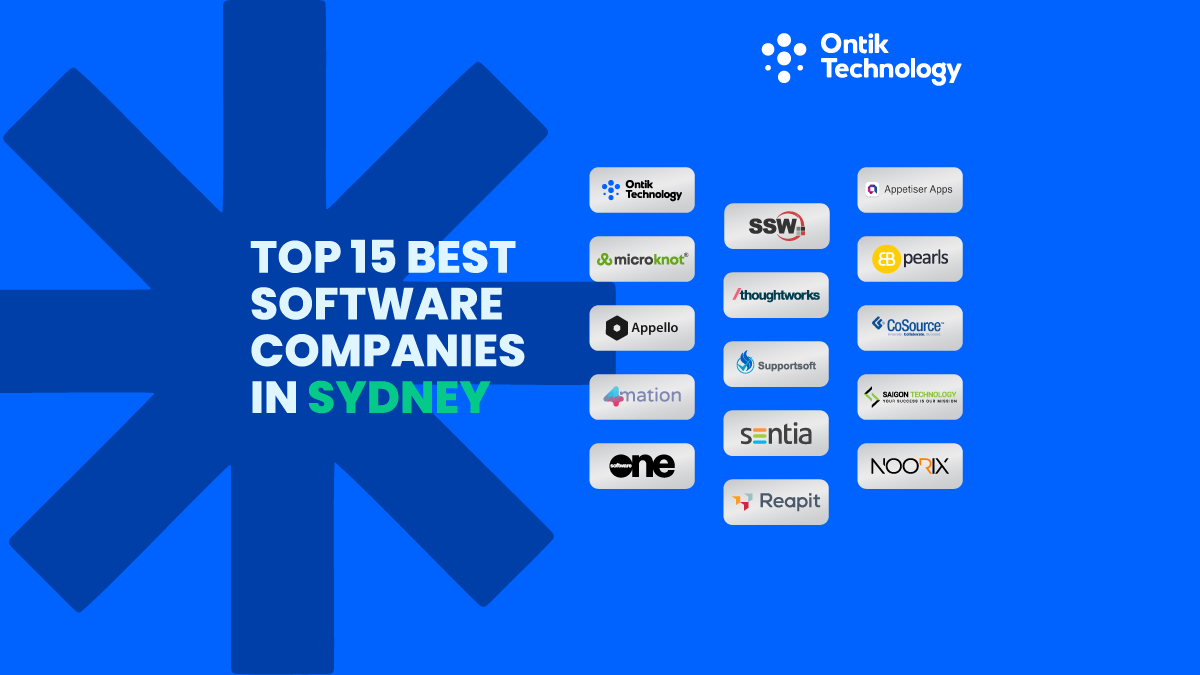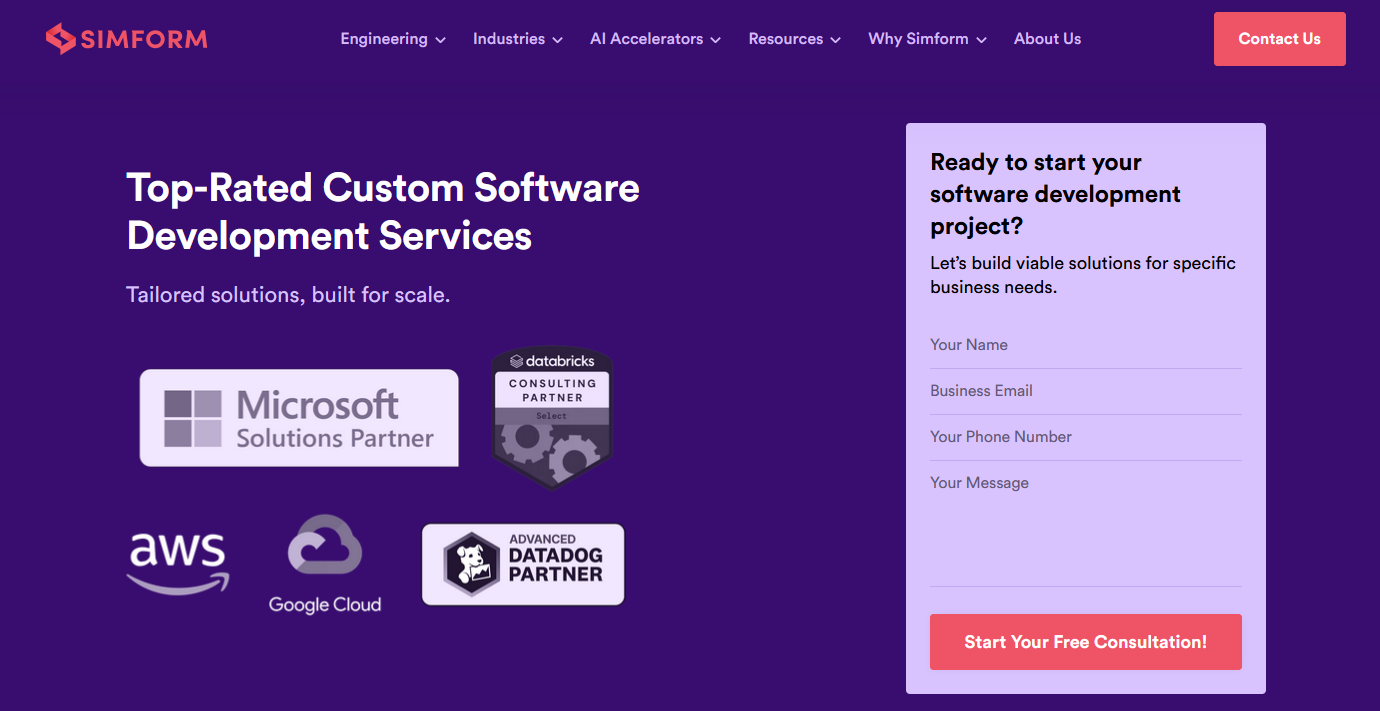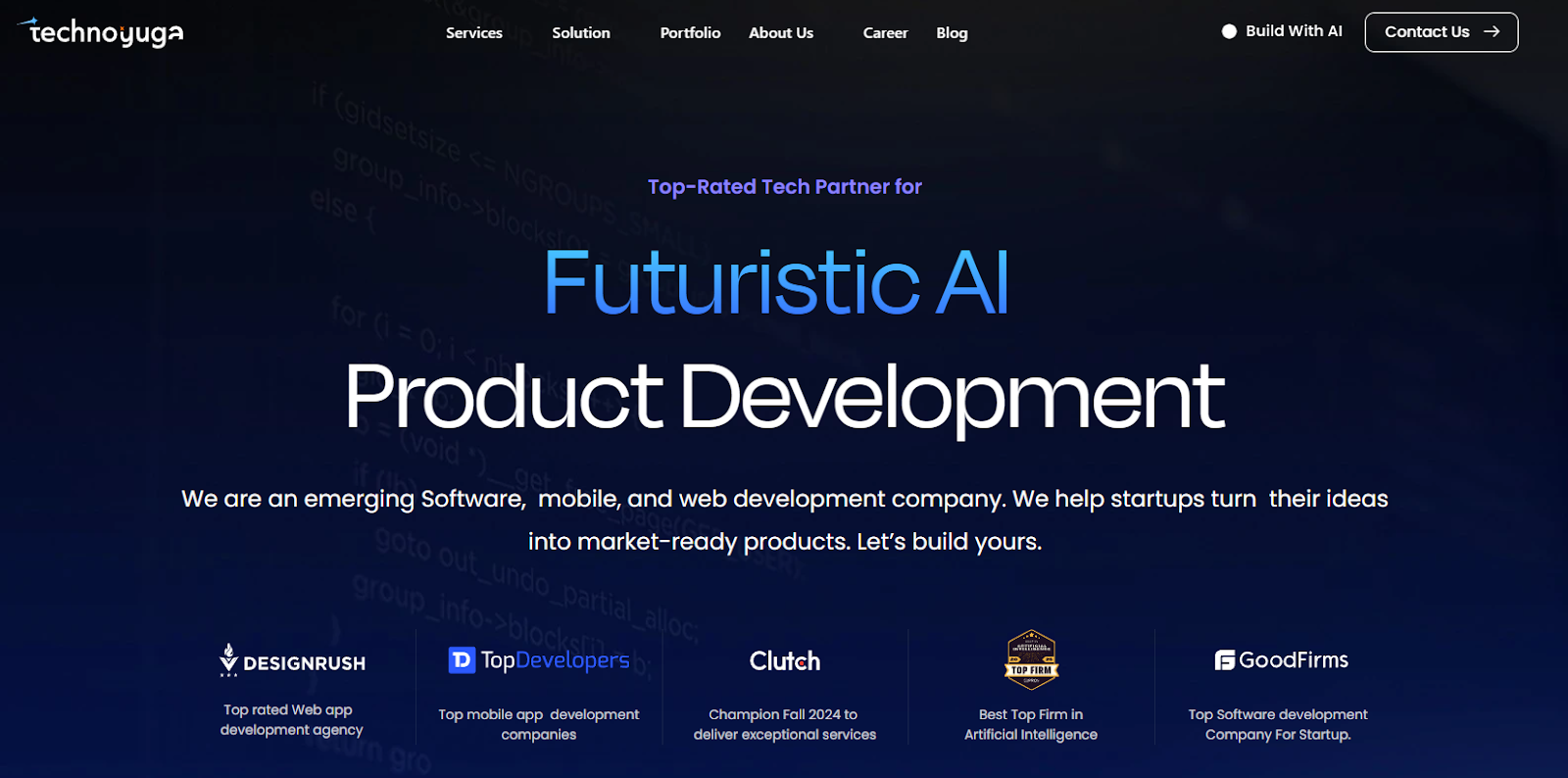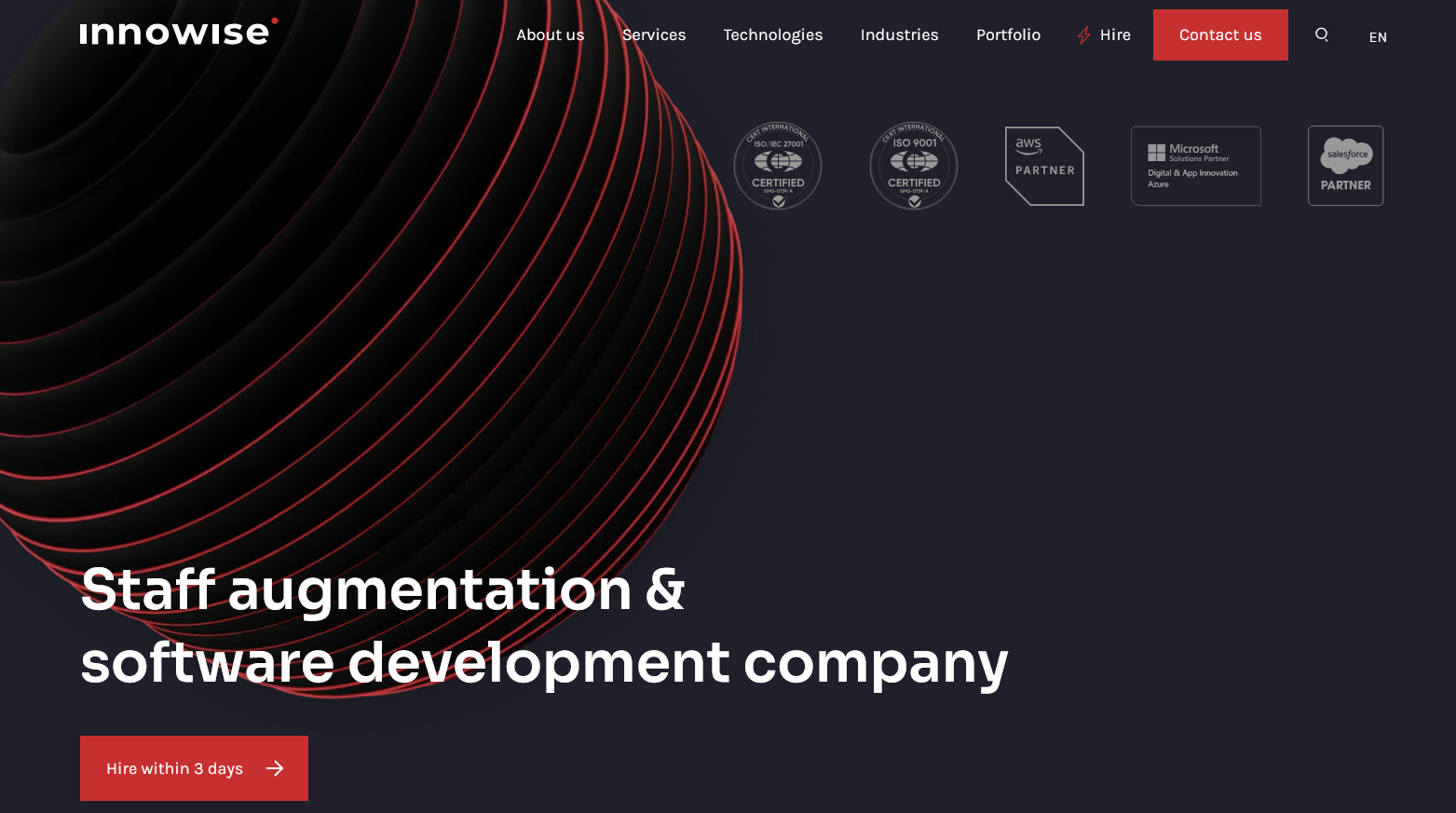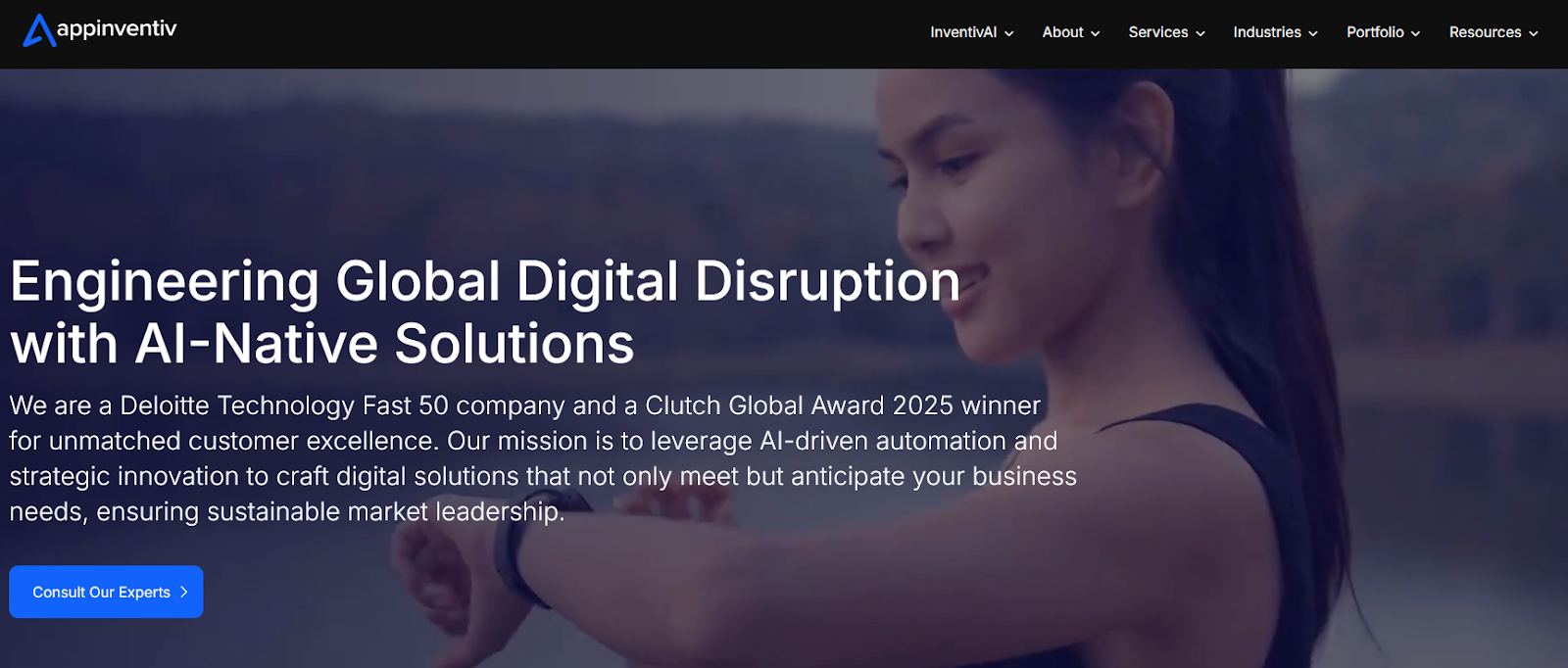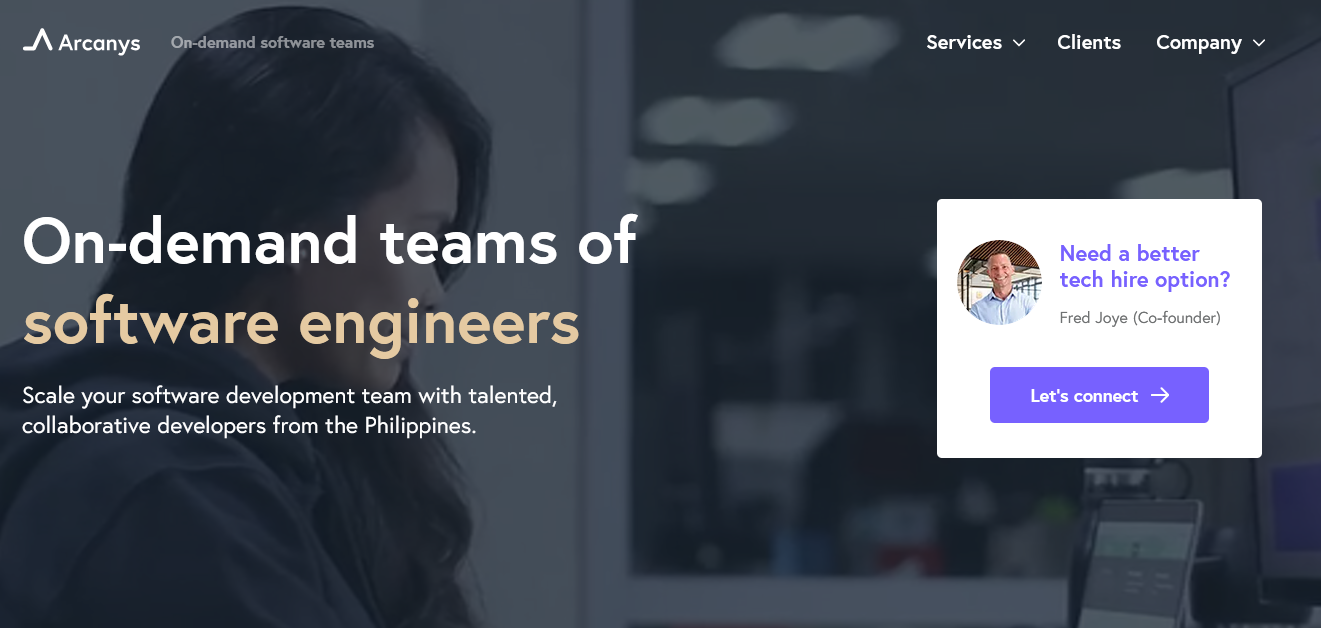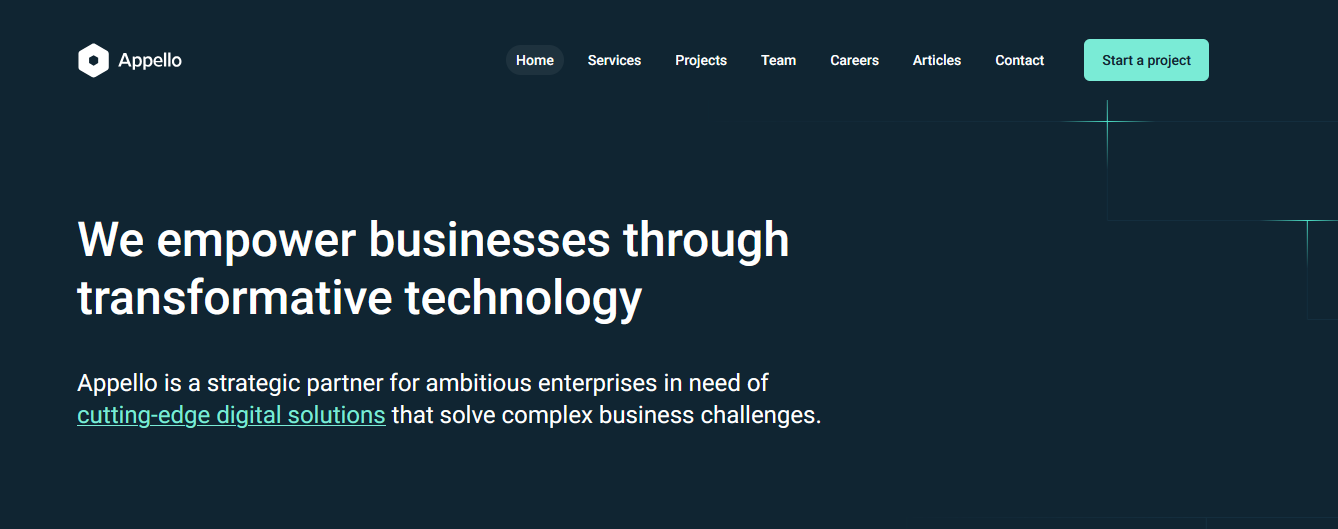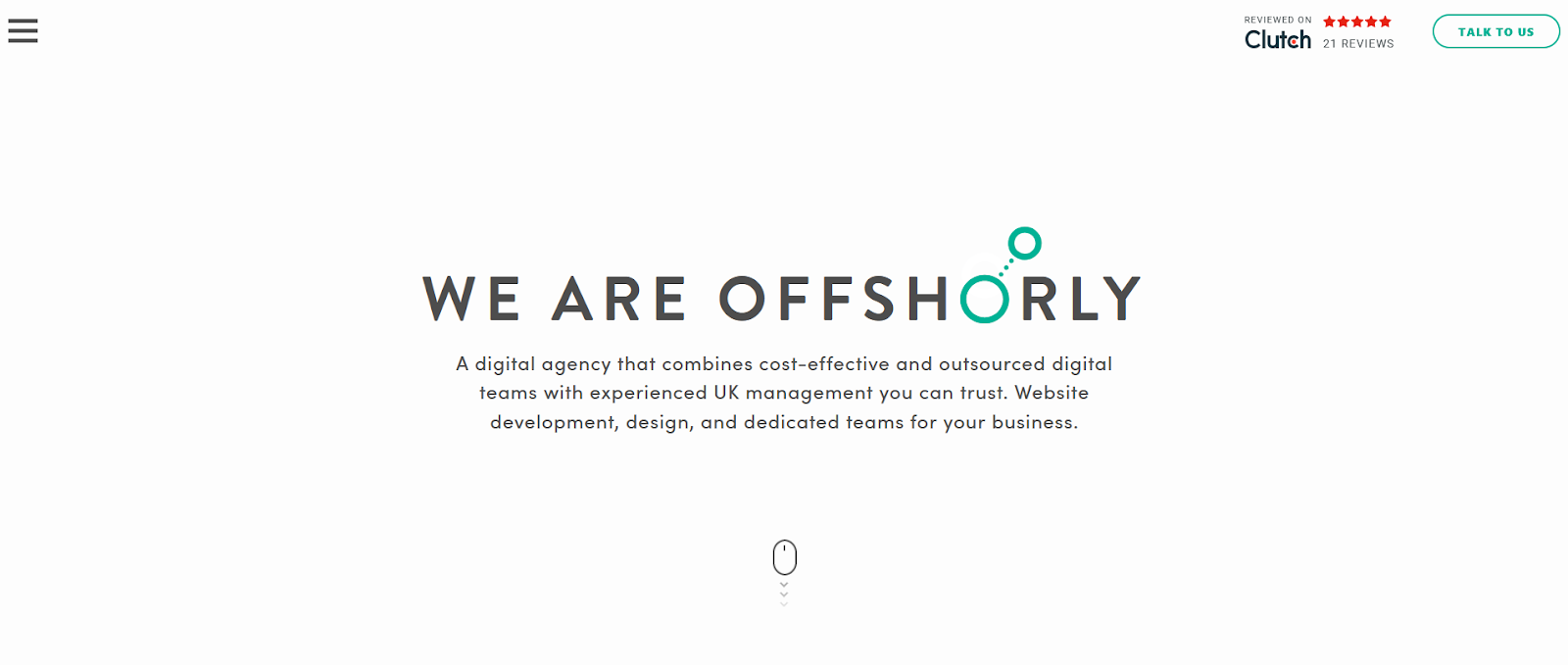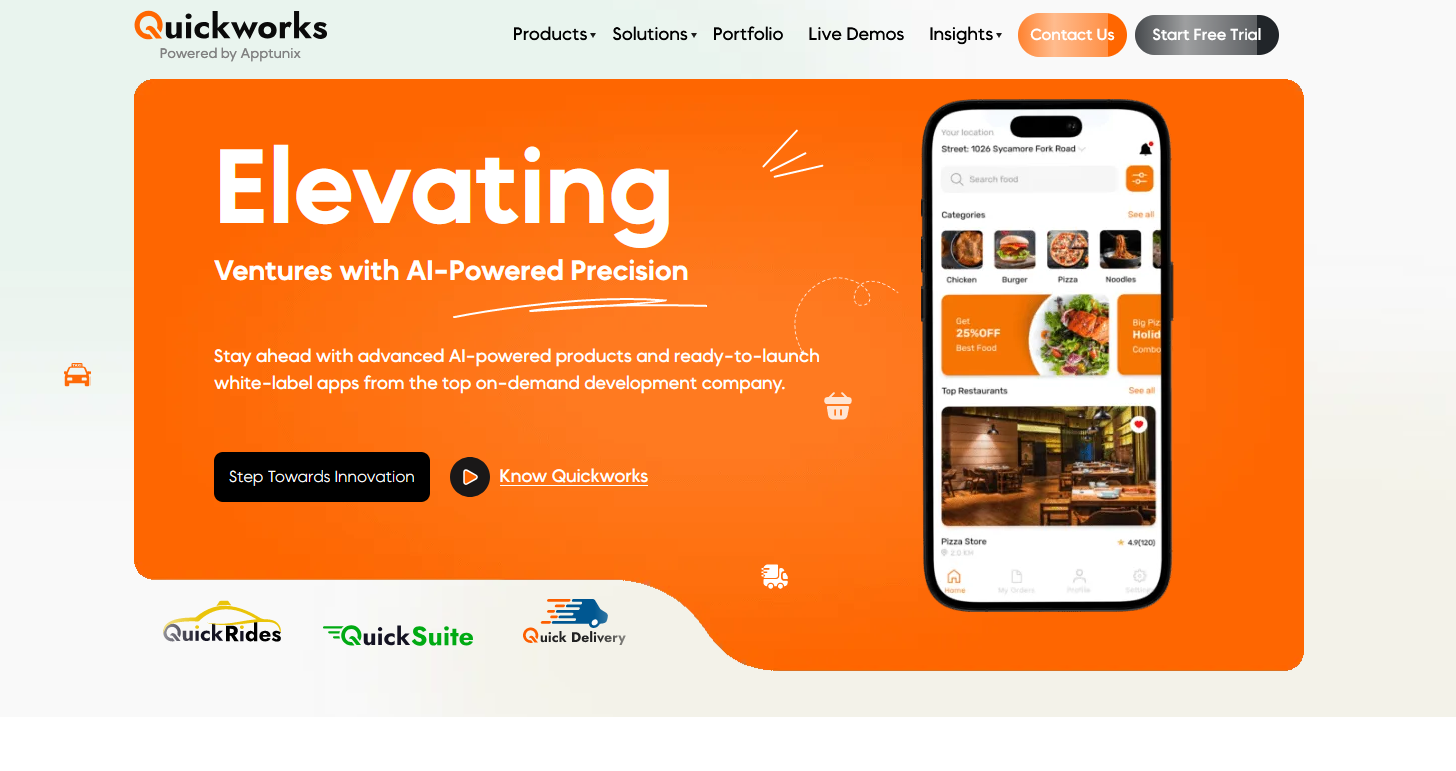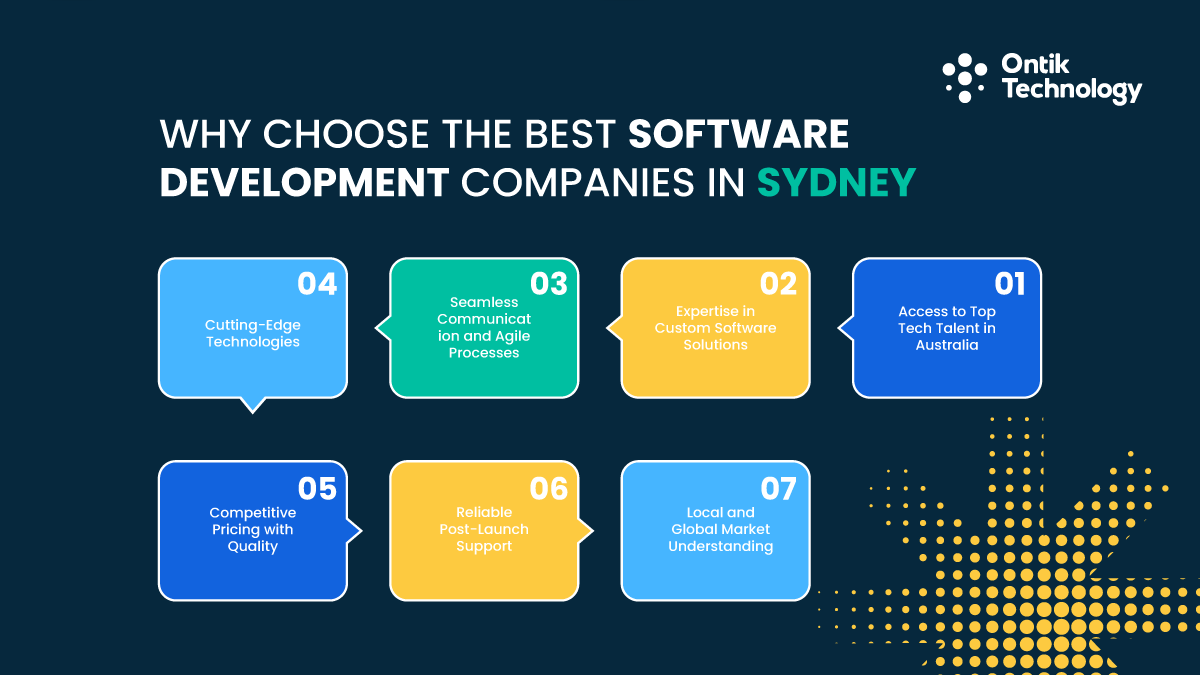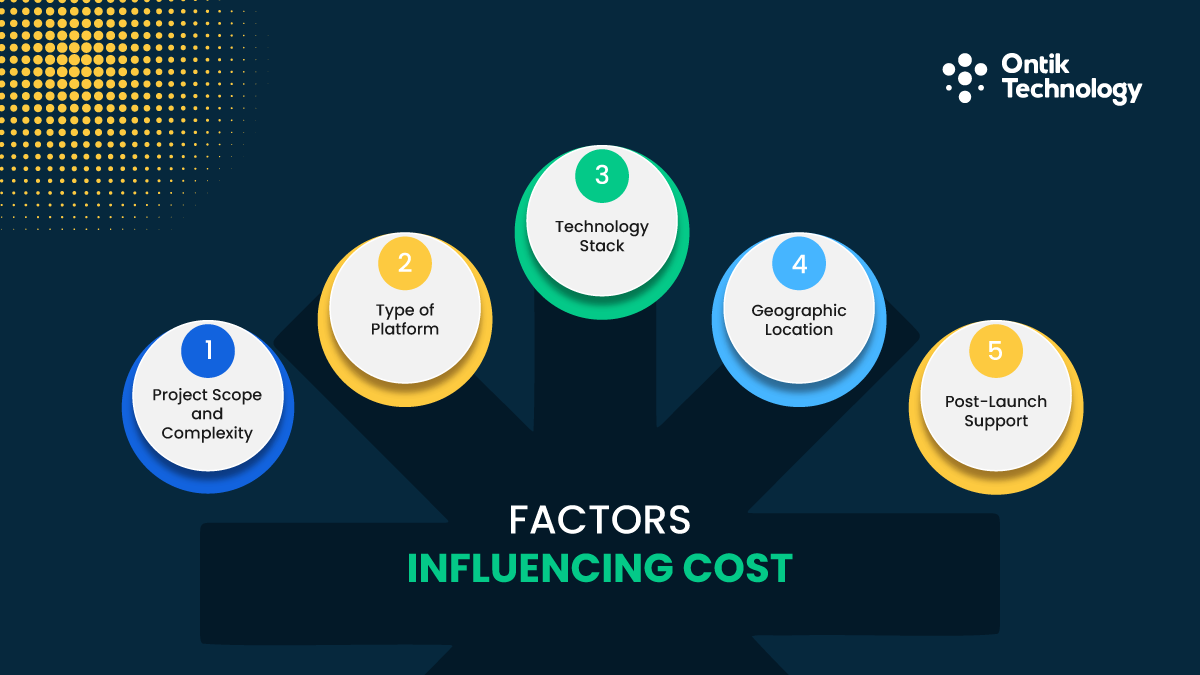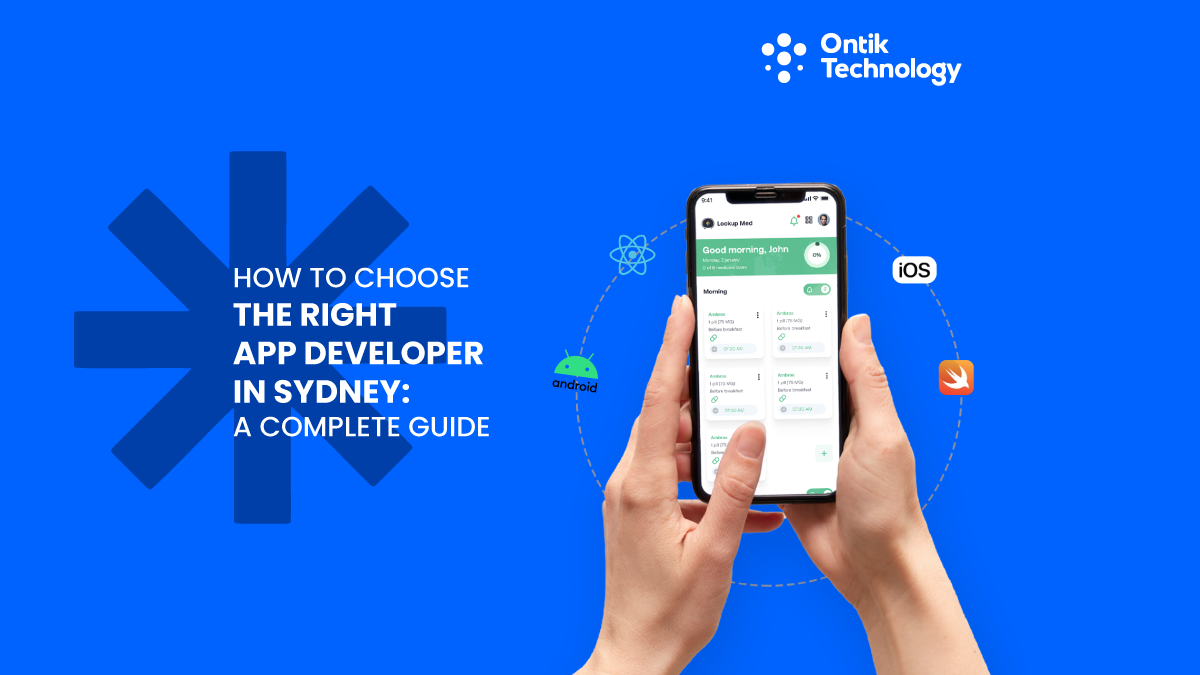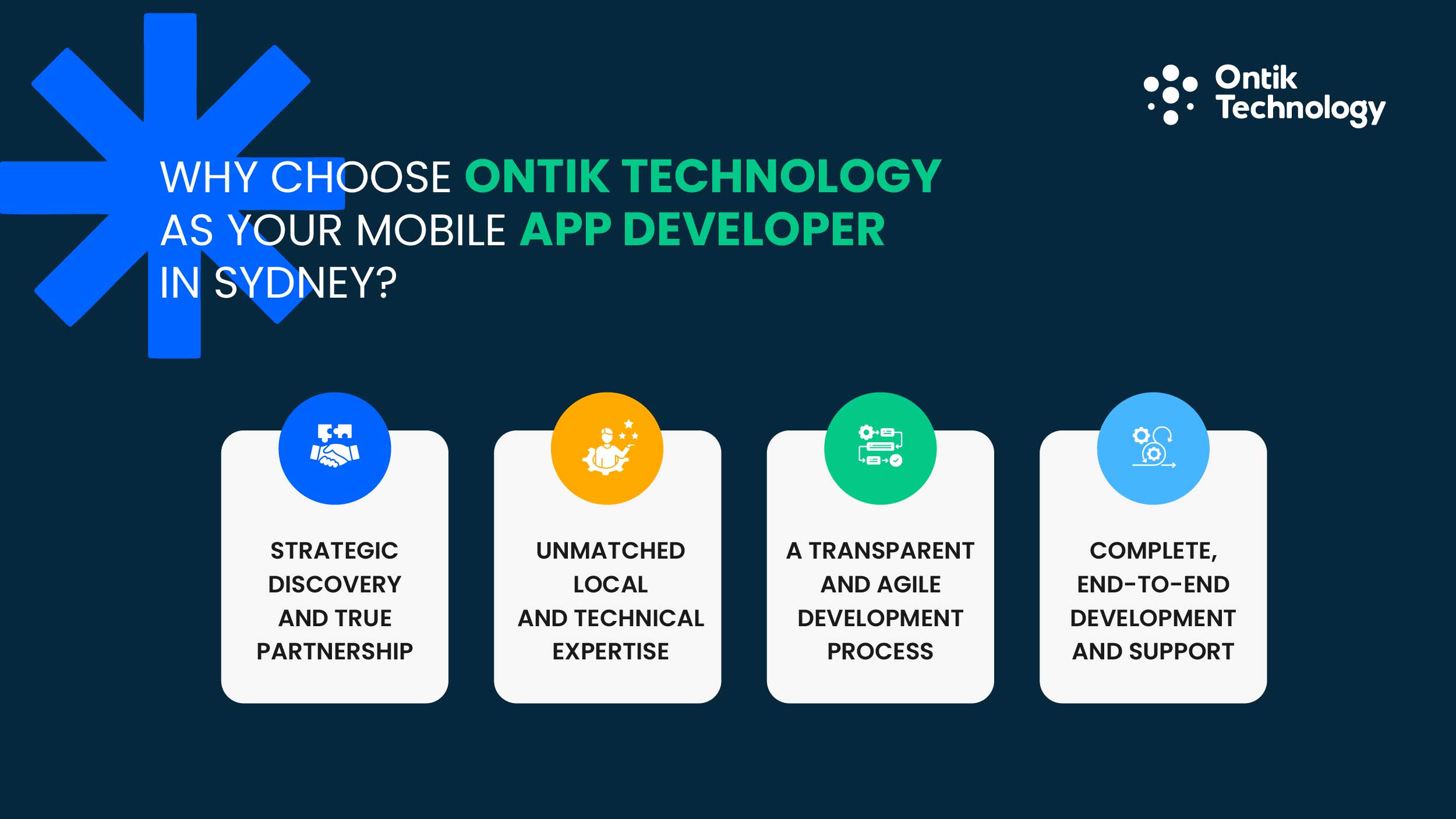Staff Augmentation vs Consulting: Choose the Right Fit for Your Business
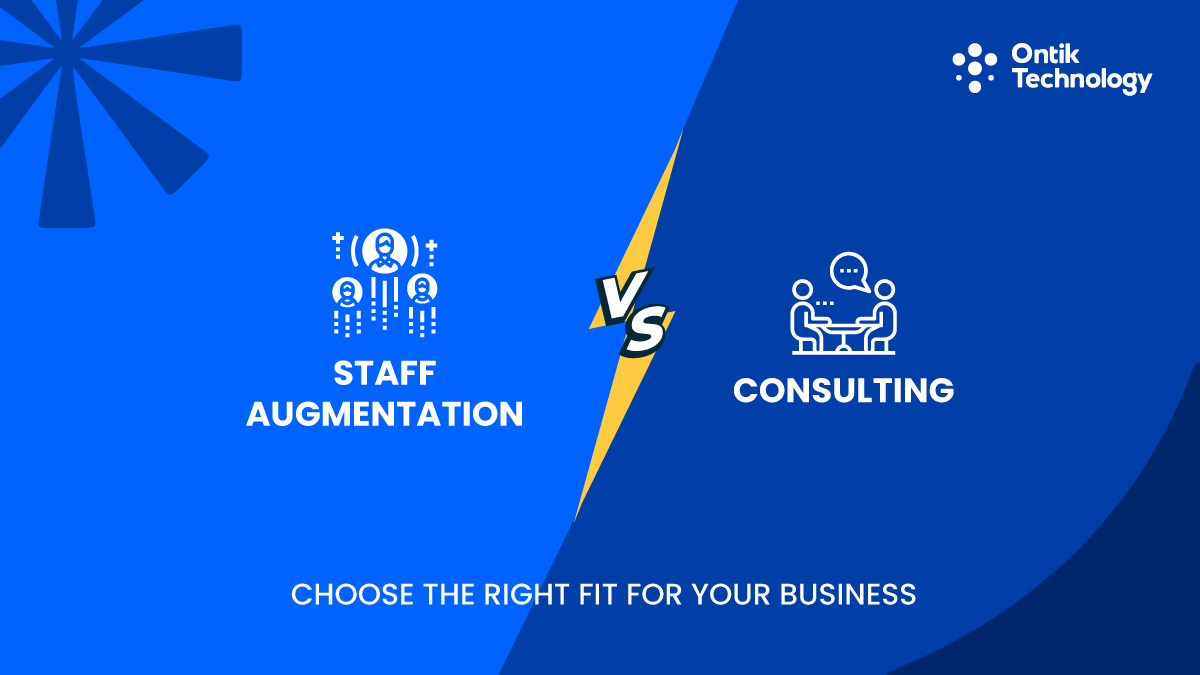
What if the secret to scaling your business strategy isn’t about working harder but choosing the right help?
Every growing company reaches a point where its in-house team is no longer enough. Deadlines get tighter. Projects get bigger. Budgets demand smarter decisions.
That’s when two powerful options appear: staff augmentation vs consulting.
Both choices seem appealing at first glance. But when you choose the right option, it can greatly help you. It will save your time, reduce costs, and create new growth opportunities. This choice is the most important for business goals in the USA or Europe. The option you choose affects how quickly your company grows. It also impacts how well you compete in your market.
Here’s the twist: Most companies don’t fully understand the difference. Staff augmentation gives you extra help to finish tasks more efficiently. Consulting brings expert minds to guide your strategy.
So, which model aligns with your objectives, schedule, and financial plan? That’s exactly what we are about to discover.
In this article, we’ll break everything down in simple terms. You’ll learn what staff augmentation is, what consulting is, and how they work in the real world. We’ll explore the key differences between them, including costs, flexibility, and skill sets.
We will also talk about when to choose staff augmentation over consulting. We will explain why some firms use both methods effectively. You will also see how Ontik Technology mixes staff augmentation and consulting to get the best results.
By the end, you won’t just know the difference, you’ll know which one will push your business ahead of the competition. Are you ready to solve the puzzle that many companies face? Let’s start by understanding each model step by step.
What is Staff Augmentation?
Staff augmentation is a way to hire skilled workers for your team. You bring them in for a specific time or project. They work under your direction, follow your process, and focus on your goals.
You manage them directly, just like your regular employees, but without the long-term commitment of a full-time hire. This makes it one of the most flexible workforce solutions for modern business processes.
Different types of team augmentation services exist. These are:
1. IT staff augmentation:
It brings in tech experts like developers, testers, or engineers to help your current team. They collaborate with you for a set time, usually until you complete a project or project requirements or finish a busy period. Perfect for software development, app creation, or technical upgrades. If you are making a mobile app and need more front-end or back-end developers, you can hire extra help for that. They follow your rules, use your tools, and work as part of your team. Many companies in the USA and Europe do this to finish work faster without overloading their full-time staff.
2. Team augmentation:
Team augmentation is not just for tech roles. You can add various professionals to help an entire department. This can include designers, marketers, project managers, or customer service staff. If you are launching a new product, you might need several experts. You may need a marketing expert. You may also need a UI/UX designer. Additionally, a data analyst could be important. Instead of hiring all of them full-time, you can bring them in for only as long as you need. This saves time, money, and keeps your team flexible.
3. Contract developers:
Contract developers are coders you hire for short-term or one-time work. They are often specialists in a certain programming language or technology. To add a blockchain payment system to your website, you can hire a contract developer. This is a good option if you don’t have blockchain experts in your company. When the team completes the work, the contract ends with no long-term commitment.
In today’s fast-moving market, this model is a smart way to stay competitive. Many companies use temporary tech staffing to handle sudden workload spikes. Others rely on remote development teams to access global talent without relocation costs. Prominent names in tech, finance, and retail already use talent augmentation to meet tight deadlines and scale quickly. For example, a software startup in Germany hired remote developers from Ontik Technology. This helped them launch their product three months earlier than planned.
The biggest advantage? Flexibility.
You can adjust your team size based on the workload. This also helps you save money. You avoid full-time salaries, benefits, and extra costs. Reports show that businesses can cut project costs by 25–40% with team augmentation services. This is better than traditional hiring.
Staff augmentation is a great fit for today’s workforce strategies. It is quick, affordable, and flexible. You can find the right talent when you need it, without any delays or wasted money.
What is Consulting Service?
Consulting involves a company engaging external experts to address challenges and enhance operations. These specialists apply their expertise to assist businesses in achieving growth and preventing expensive errors. It’s not just hiring more people; it’s about bringing in the right expertise to improve the business.It focuses on giving direction and finding the best way to move forward.
Consulting firms are not the same as internal advisors. Internal advisors work for your company and understand your daily tasks. Consulting firms come from outside, which means they can see your business with fresh eyes. They look at the bigger picture, find gaps, and suggest changes based on proven methods.
Many types of consulting services exist.
- Tech consulting focuses on the current landscape. It helps firms choose the right software, platforms, and infrastructure. This choice can make a difference in their specific situation. It’s about relevance today, not yesterday or tomorrow.
- Business consulting, on the other hand, keeps the larger company framework in view. It improves operations, enhances leadership practices, and updates strategic plans. This helps every part of the organization grow together and become stronger.
- Operations consulting focuses on daily tasks. It aims to make these tasks run more smoothly and efficiently.
Consultants don’t stop at footnotes; they stand side-by-side with executives, turning ideas into sound plans. Together, they confront key questions like, Which new market deserves the most attention? And, how do we trim expenses while protecting quality? Which technology will give us an edge? Good consulting doesn’t just give answers; it gives a clear plan to follow.
The consulting industry is growing fast. In the USA alone, the market is worth over $70 billion and keeps expanding each year. In Europe, the demand for consulting staff and strategic advice has increased rapidly. Companies are facing digital changes and global competition. Businesses want expert guidance now more than ever.
Key Differences Between Staff Augmentation vs Consulting Services
Staff augmentation vs consulting is a common debate for growing businesses. Both models help you get work done and reach goals, but they do it in different ways. Knowing the differences will help you choose the right one for your needs.
With team augmentation services, you extend your team. The new members work under your management. You guide them daily, just like your in-house employees.This is a team extension model that helps you add extra talent fast. Great for hiring contract developers or remote development teams for a software launch.
In consulting staff augmentation, the goal is different. You hire a staff consultant or a consulting team to fix a specific business problem. They analyze your situation, create a clear plan, and sometimes help carry it out. Consulting is usually project-based staffing, and when the project is done, their work ends.
Value Proposition of Each Model
The value proposition of staff augmentation and consulting has main differences in their purpose. While one focuses on execution, the other emphasizes direction.
Here’s a clear comparison:
Which Industries Prefer Which Model?
Different industries prefer different models based on their operational needs and challenges.
- Staff Augmentation is most common in technology-driven industries, where demand for specialized talent changes rapidly.
- Consulting dominates industries with strategic planning and risk management.
Strategic Advantages of Staff Augmentation
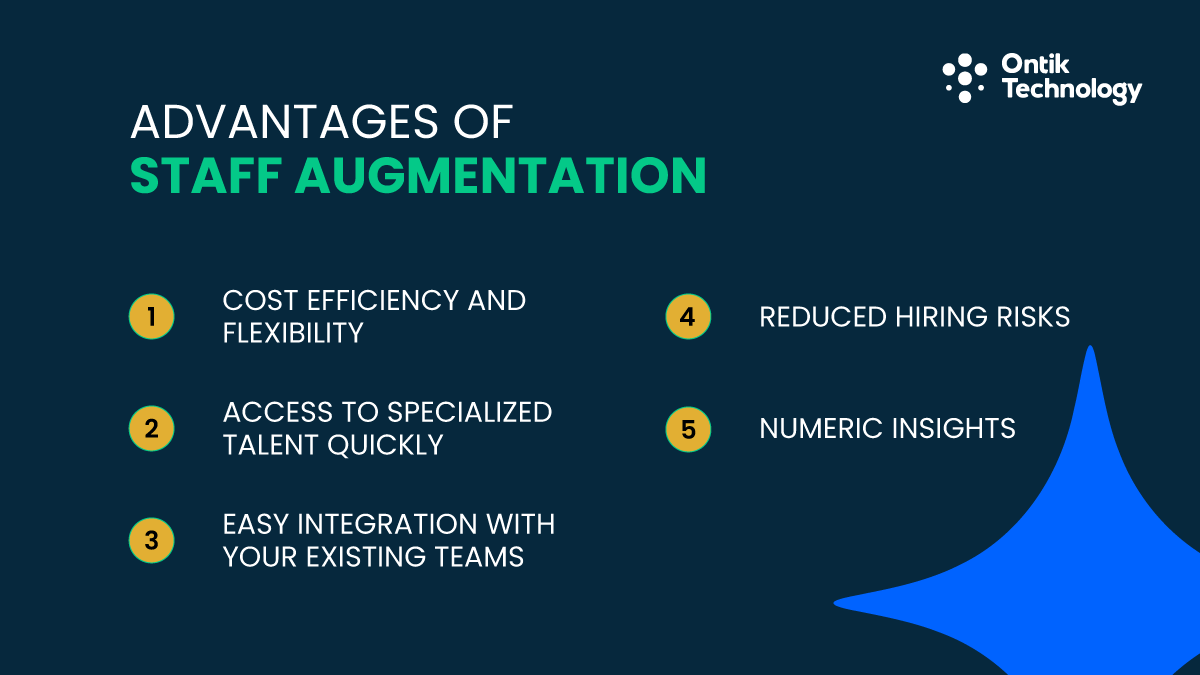
Staff augmentation gives businesses many benefits that make it a smart choice for different projects. Flexible, cost-effective, and helps you get skilled talent fast.
1.Cost Efficiency and Flexibility
Staff augmentation comes with plenty of perks. It’s flexible, easy on the budget, and lets you bring in skilled talent quickly whenever a project calls for it.
No full-time salaries. No extra benefits. No long-term commitments.
You can increase or reduce your team size whenever your workload changes. This makes it a budget-friendly and adaptable option for both small startups and large enterprises.
2.Access to Specialized Talent Quickly
Need a cybersecurity expert? A mobile app developer? Or a data analyst?
IT staff augmentation services let you find specialized talent in days instead of months. This is a significant advantage when you need contract developers or remote teams for urgent projects.
3.Easy Integration with Your Existing Teams
Augmented staff work directly with your in-house team. They follow your rules, using your tools, workflows, and fitting into your company culture. This makes onboarding smooth and helps maintain project speed. They feel like part of your team just without the long-term contract.
4.Reduced Hiring Risks
Permanent hires can be costly if they don’t work out. With temporary tech staffing, you can bring in talent for a short period first. You can extend the contract or hire them full-time if they're a good fit.
5.Numeric Insights
Companies save 25–40% on project costs with staff augmentation consulting services compared to hiring permanent staff. You save money by cutting hiring costs and skipping employee benefits. Faster onboarding makes the outsourcing model even more effective.
Strategic Advantages of Consulting
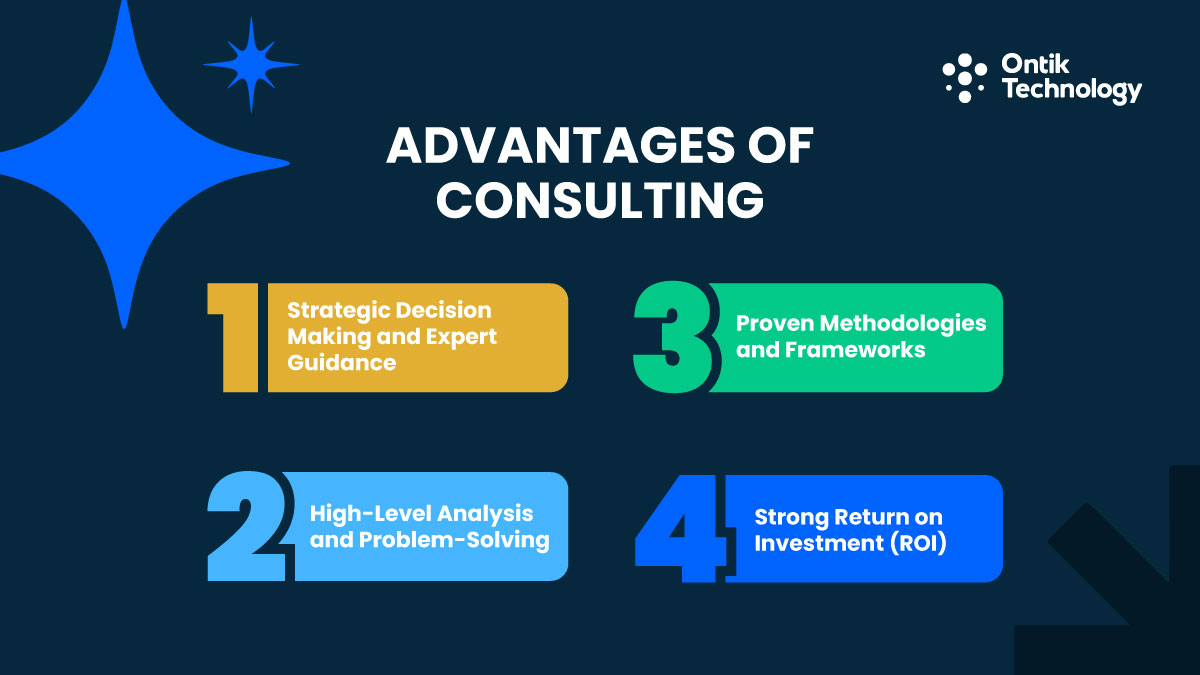
Consulting is about bringing in outside experts. They will guide strategy, solve problems, and help you make the best business moves. It’s all about strategy and getting results, not just having more people on board.
1.Strategic Decision-Making and Expert Guidance
You may benefit from consulting assistance in aligning your business objectives with effective strategies.
They evaluate your project scope, analyze market trends and market position. They recommend helping you choose the best direction and avoid costly mistakes.
2. High-Level Analysis and Problem-Solving
Consultants dig into your challenges and opportunities. They use their knowledge to find gaps. They suggest solutions and make sure you stay competitive.
3. Proven Methodologies and Frameworks
A consultant doesn’t rely on guesswork. They bring tried-and-tested methods that have delivered results for other businesses. These frameworks help you execute changes smoothly and measure results.
4. Strong Return on Investment (ROI)
The right consulting engagement can lead to big returns. Reports show companies get a high return when they use consulting to grow, cut costs, or go digital. While it may cost more than team augmentation, the value often comes back many times over.
Staff Augmentation vs Consulting: Which is Better?
Deciding between staff augmentation vs consulting isn’t about which one is “good” or “bad.” You should select the option depends on your current needs. There are three options to consider like scope, budget ansd timeliness. This will help you to make decision. Though the two models have some differences, but both deliver good results.
Factors to Consider
- Project scope: Do you just need extra hands to execute tasks, or do you need expert advice to guide the project from the top?
- Budget: Are you looking for a cheaper team augmentation option? Or can you pay more for specialized consulting?
- Timelines: Are you in a hurry, or can you take some time to plan and think before jumping in?
When to Choose Staff Augmentation
Pick staff augmentation when you need skilled professionals fast. It works well for short term projects, tight deadlines, or when your team is missing certain technical skills.
A reliable staff augmentation company can connect you to a global talent pool. You can find software engineers, designers, or other experts in just a few days. You get the specific skills you need without a long recruitment process or long term commitment.
When to Choose Consulting
If your problem is difficult and needs expert help, choose consulting. It works well for long-term planning, market growth, cost savings, or improving business goals. A consultant studies your project scope and finds the gaps. They give you a clear plan for success using proven methods and frameworks.
Hybrid Models: The Best of Both Worlds
Some companies don’t choose, they blend both. Consultants create the plan, then team augmentation specialists handle the execution. This hybrid model mixes expert direction with the speed and flexibility of an outsourcing model. You get strategy and action working together for maximum impact.
Skills and Expertise: What You Get from Staff Augmentation Or Consulting
1.What skills are common in staff augmentation vs consulting?
When you look at staff augmentation vs consulting, the skills they bring are pretty different.
Staff augmentation gives you the exact skills you need to get the work done. You might need software engineers, UI/UX designers, testers, or data analysts. These professionals join your team and work like they’re part of it, but without a long-term contract. The goal is to fill a gap fast and keep projects moving.
Consulting is about expertise, strategy, and decision-making. A consultant might not write code or design a website. They guide your team, study your project scope, and give you a clear plan that works. They bring years of experience, industry insight, and proven frameworks.
Both models have value: One gives you extra hands, the other gives you a sharper mind for solving problems.
2.Industries leveraging specialized skills (IT, software, finance)
Different industries use these models in different ways. In IT and software, team augmentation is common when deadlines are tight or a new product needs to launch fast. Companies hire contract developers or, based on project needs, agencies or companies hire remote development teams, or other tech talent. This helps them speed up delivery without hiring full-time staff.
In finance, consulting is often the best choice for risk management and compliance. It also helps improve operations and long-term performance. Strategic guidance is very important in this sector, so decision-making matters a lot.
Other industries like healthcare, e-commerce, and manufacturing also blend the two models. Many companies use staff augmentation for quick talent access. They use consulting for strategic planning.
3. How Ontik Technology bridges this skill gap effectively
Ontik Technology understands that businesses often need both skills and strategy. They offer IT staff augmentation services to quickly add skilled professionals to your team. This could be developers, designers, or other specialized talent from a global talent pool.
At the same time, they offer consulting expertise. Their consultants help you plan, improve processes, and achieve your business goals.
By combining both models, Ontik Technology helps companies act fast without losing sight of long-term success.
Flexibility and Scalability in Staff Augmentation vs Consulting
1. Why scalability is critical for startups and enterprises
Scalability is one of the most significant factors for shaping business growth. For startups, it can be the difference between surviving and shutting down. A small team may handle early projects. But as new clients and bigger demands come in, they need more hands and stronger systems. That’s where scalability matters.
For enterprises, scalability helps them adjust to market changes. It also prevents them from wasting resources. Sometimes they need to expand fast into a new region or launch a new service. Other times, they need to scale down to save costs during slow periods.
A flexible workforce solution helps startups and enterprises stay ahead. This works no matter their size or stage of growth.
2. How augmentation enables quick scaling
Staff augmentation makes scaling simple and fast. It helps you to quickly add skilled professionals. It's best for short-term projects, product launches, or busy periods. This approach saves you from the long recruitment process.
A tech company can quickly hire software engineers, testers, or designers using a team augmentation model. They don’t need to commit to long-term contracts or full-time salaries. This flexibility saves both time and money.
IT staff augmentation services make scaling simple. The process stays smooth and quick. You can add people when you need them and reduce the team when the project ends. That’s why businesses see this as a smart way to stay agile.
3.How consulting provides structured growth plans
While augmentation gives speed, consulting provides structure. A consultant studies strategically. They design a roadmap for growth that supports long-term goals. This is useful for entering new markets, cutting costs, or building stronger operations.
Consultants use proven strategies and frameworks. They also bring deep industry knowledge. They help companies avoid mistakes and make smarter moves. Unlike augmentation, which adds people to your team, consulting shapes the direction of the entire business.
Both models give businesses what they need. Staff augmentation offers you fast execution. On the other hand, consulting ensures steady growth.
Managing Risks in Staff Augmentation and Consulting
When you look at staff augmentation vs consulting, both come with some risks.
Common risks include
- Sometimes external developers don’t deliver the quality you expect.
- Working with remote teams can also bring communication or culture issues.
- Lack of the exact technical skills needed for your project.
- High consulting fees without guaranteed results.
- Consulting strategies that look good on paper but don’t match your business goals.
Ways to reduce risks:
- Carefully vet talent and check past work before hiring.
- Define roles, timelines, and the project scope clearly in contracts.
- NDAs (non-disclosure agreements) is a smart way to keep your data safe.
- Monitor progress regularly to spot issues early.
Real world examples:
- Some companies rushed into temporary tech staffing and ended up failing.
- But others did well by bringing in contract developers who cut delivery time by 30%.
- Many enterprises improved compliance and saved millions through smart consulting strategies.
Both models can work well. Success depends on planning, choosing the right people, and managing risks the right way.
How Ontik Technology Leads in Staff Augmentation and Consulting
Ontik Technology is well known for combining the best of staff augmentation and consulting. Instead of offering one-size-fits-all solutions, they look at what your business actually needs speed, strategy, or both.
They provide you with the best staff augmentation services. It gives you quick access to skilled talent. You can bring in developers, designers, or analysts easily, without long hiring cycles. This means you can scale your team fast, meet deadlines. They make sure the talent you get fits right into your workflow, so projects move smoothly without delays.
Their consulting services are experienced in guiding businesses in the right direction. They study your goals, analyze gaps, and create proven strategies. The advice is practical, tested, and built to deliver results.
Ontik’s real strength lies in balance. What sets Ontik apart is their ability to bridge execution with strategy. You don’t just get extra hands for tasks or expert minds for planning, you get both working together. That’s why businesses across industries trust Ontik as their go-to partner for scaling fast and growing smart.
Conclusion
When you think about staff augmentation vs consulting, there isn’t a single best choice. The real question is: What does your business need right now? Staff Augmentation is the best option for bringing skilled people and staying flexible. On the other hand, consulting can be the better choice for making a solid plan, expert advice, and a strategic plan. Go with consulting if you want clear guidance on how to grow.
Some companies even mix both. They use staff augmentation to get the work done and consulting to shape the strategy. The key advantage of Ontik Technology is that you don’t have to choose one over the other. They help you to provide both options that fit your goals, budget, and timeline. But firstly, you have to know your business like challenges, priorities, and long-term goals. The right partner will do more than just fill a gap. They’ll help your business grow confidently. Ultimately, the best choice is the one that aligns with your current needs and future plans.
FAQs
1.What does staff augmentation mean in IT projects?
It means adding skilled professionals to your team for a set time. They work with your in-house team to complete projects faster.
2.Is consulting more expensive than staff augmentation?
Yes. Consulting costs more because it gives expert advice and clear strategies. Staff augmentation is usually cheaper since you only pay for the talent and hours you need.
3.Can a company use both models together?
Absolutely. Many companies use consulting to plan their projects. They use staff augmentation to get the actual work done. This mix brings both strategy and speed.
4.Which model is better for startups vs enterprises?
Startups often prefer staff augmentation for quick scaling. Large enterprises often choose consulting for long-term and structured growth. Both can benefit from a hybrid model.
5.How to choose a reliable partner like Ontik Technology?
Look for experience, global talent access, and a track record of success. Ontik Technology provides both skilled talent and consulting support, so they are a reliable partner.


